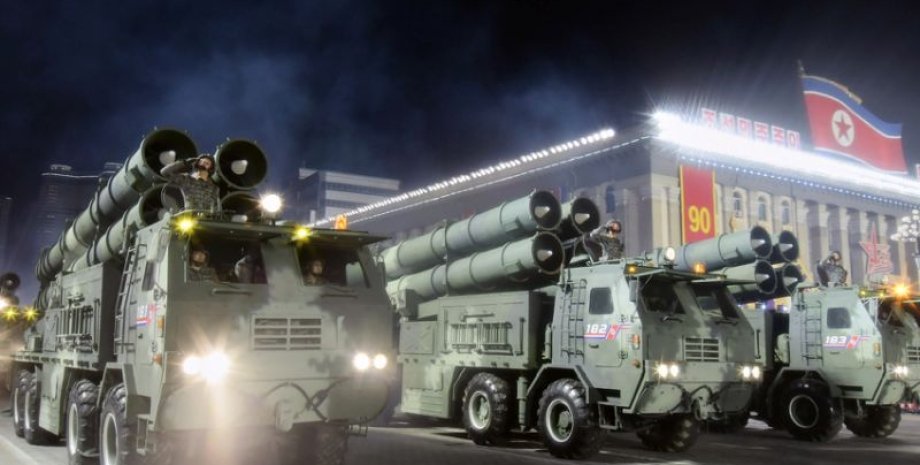
 By Natali Moss
By Natali Moss
It is about KN-09 and KN-25, which allegedly help the Russians in the counter-backer fight against Ukrainian Himars. How real such a scenario and what are the complexes of production of the DPRK was told on September 17, Defense Express observers. The authors of the material write that the situation where the armed forces of the Russian Federation need RSSS from North Korea would be unthinkable a few years ago.
However, the military situation in Ukraine, as well as the recent visit of DPRK leader Kim Jong -in to Russia, indicates that North Korean weapons, and in particular, missile complexes can be the "great hope" of Russian troops. "Great hope for Koreans. They have a wonderful barrel art with a 40-km range. Plus the wonderful RSZV, practically the land-land missiles. And it is unlikely . 10, " - writes Russian troops in social networks.
Meanwhile, Ukrainian experts call into question the "difference" of the North Korean systems, since it is an isolated country, and the efficiency of the RSSU is known only from sources in the DPRK. In particular, the project of the Missile Threat Center also has some information about KN-9 and KN-25. The KN-9 system is also known under the M-2015 and KN-X-09.
Its caliber is likely to be 300 mm, and the range of the projectile reaches 200 km, while the type of missiles and the tactical and technical characteristics are not known. Experts believe that Koreans have created them on the basis of technology missiles BM-30 "Smerch" or Chinese A-100, but the most likely model is considered to be Chinese Weishi Sy300. The complex began to work in the early 2010s, and in 2015 they passed the first tests.
Then the DPRK was officially reported that the rocket flew 200 km and reached a height of 50 km. Experts have noted that the shape of the nasal part of the rocket may indicate the presence of a system to increase accuracy, but it is possible that it is just an external copy of foreign missiles, as in the case of a copy of the US unmanned MQ-9 Reaper.
The KN-25 system, which is also known under the M-2019 index, is already a tactical missile complex, since the claimed range is 380 km at a height of the flight 97 km. The first trials were relatively recently taken in 2019. This complex is known even less, and externally they appeared only in sources where they were spotted in Pyongyang parades. Meanwhile, propagandists from the DPRK report that the complex is made in two variants that differ in the base chassis and a number of other features.
One is made on a caterpillar chassis with a high load capacity, the other on the wheel chassis 4x4 on the basis of the Tatra T813 car version. The KN-25 RSZV allegedly uses the original jet ammunition with a diameter of 600mm and 8 m long, with the starting mass reaches 3 tons. The rocket is equipped with a solid fuel engine with a large mass. As for the guidance systems, it may be inertial and satellite navigation systems, as well as autopilot.
It is also unknown about the accuracy of the projectile - some sources write about tens of meters of error. With regard to the combat part, it is evidence that the rocket can be equipped with a heavy monoblock shrapnel-fugitive warhead and nuclear "Bakaan-31". Some Russian sources write that KN-25 RSZV is the most important element of strategic restraint of the DPRK army, and its potential is realized through serial production and supply to the troops.










All rights reserved IN-Ukraine.info - 2022